The ultimate style upgrade: why your wardrobe is incomplete without an Oxford shirt (and how to wear it properly)
The most important styling tips, photo examples and the story behind its creation
The Oxford shirt is more than just a piece of clothing – it is a stylistic foundation that helps you master the art of being well-dressed without even thinking about it. From a privileged sports item, it has developed into a universal style upgrade that no wardrobe should be missing. In today's newsletter, you'll not only learn the fascinating history of this classic, but also how to integrate it into your personal style. And, of course, a historical classification.
Because only then can you really understand why the Oxford shirt has been expanding its relevance for over 100 years.
Let's go!
Frederic's Oxford Shirts
Before we start the newsletter, a few words about Frederic's Oxford shirts.
These are our newest product, my baby, so to speak!
Hence the newsletter, of course.
I've always wondered why brands don't offer “clothing with instructions”. Just because we have to dress every day doesn't mean that we know how to perfectly fit, style and show off the items we buy perfectly out of the blue.
This explanation of why an item of clothing exists at all, what makes it special and how to style it was, and is, one of my goals at Frederic's.
The other goal is to offer the perfect basics as part of this guide. Items that not only help you build your own wardrobe, but also serve as links between items that don't quite match in terms of style, thus increasing the number of possible combinations.
That, my friends, is why we now launched the Oxford shirt! We've already laid a good foundation with our t-shirts and knitwear.
Now we're taking a more chic step and want to transfer the same standard and combinability to shirts.
The shirts have actually turned out phenomenal – a product I am incredibly proud of!
But now – enough talking. Let me three pictures as a sneak peak and a link to the shirts, then we can get started with the content.
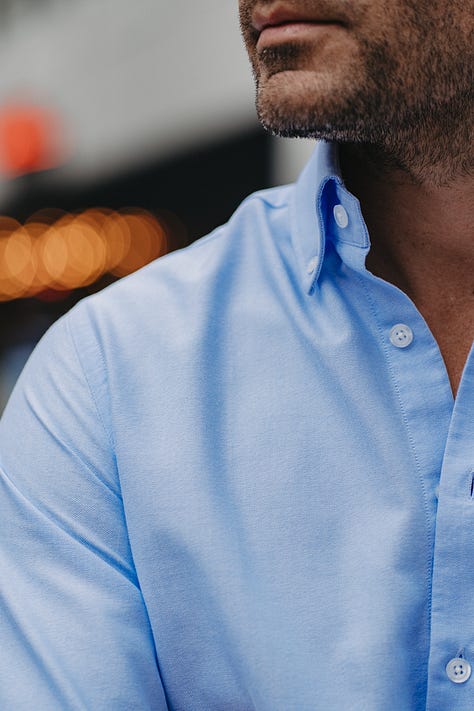

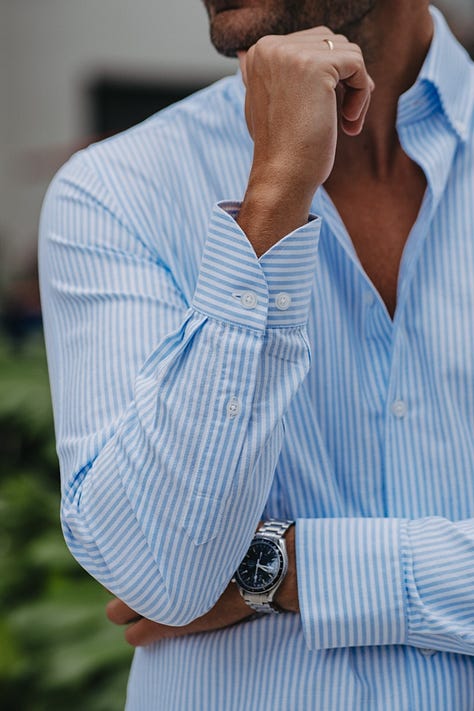
LINK: find them here.
The history of Oxford fabric and button-down collars
It is certainly clear to all of us that the Oxford fabric gets its name from the renowned University of Oxford in England. But did you know how it got its name? Its origin dates back to the 19th century, when there was a lot of competition and pressure to innovate between Scottish fabric mills. Everyone wanted to increase their market share, so one of these mills experimented with producing four different types of fabrics for shirts, named after prestigious British universities: Yale, Harvard, Cambridge and Oxford.
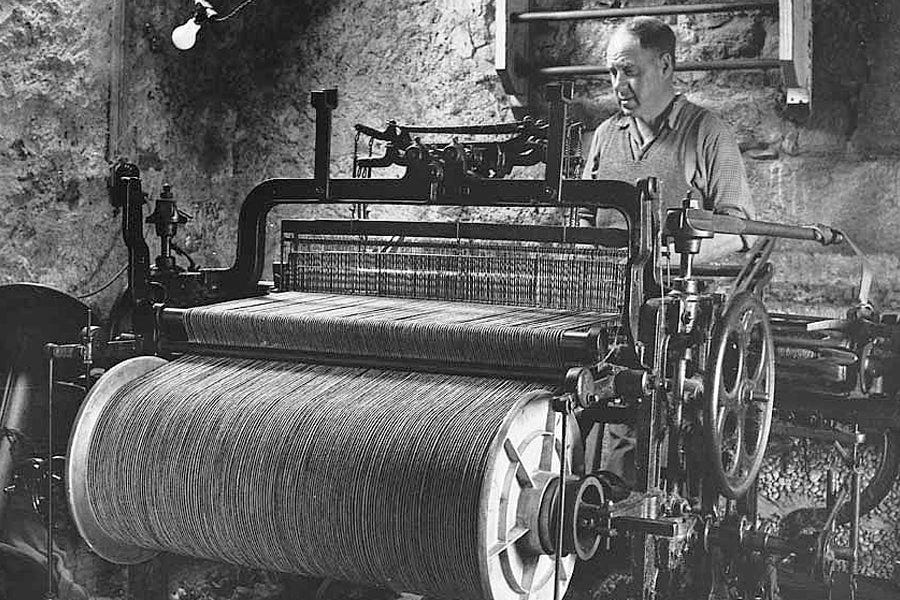
In case you've never heard of the other three fabrics, that's not surprising. Because they didn't sell well, they were discontinued quite quickly. Only Oxford became widely adopted and established itself as a popular shirting material. It was originally developed for the sportswear of the Ivy League universities, but quickly found its way into the everyday wardrobe of elegant gentlemen.
The birth of the button-down Oxford shirt
The real revolution of the Oxford shirt, however, began with the American brand Brooks Brothers and a polo player. In 1896, John E. Brooks, grandson of the founder of Brooks Brothers, attended a polo tournament in England. There he noticed something fascinating: the polo players had fastened their shirt collars with buttons to prevent them from flapping in the wind during the game.
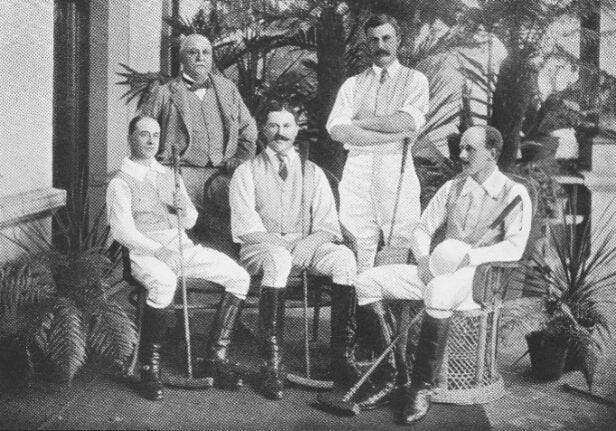
Impressed by this practical solution, Brooks bought a shirt from one of the players and took the idea back to the US, where he adapted it for the shirts produced by his family's company. In 1900, Brooks Brothers introduced the “Original Polo Button-Down” shirt. An Oxford shirt with a button-down collar that soon became the epitome of American preppy style.
An icon of American fashion history
In the decades that followed, the Oxford button-down shirt became an iconic piece of clothing in American culture:
In the 1920s and 30s, it became an integral part of the Ivy League style at elite universities.
In the 1950s, style icons such as Miles Davis, John F. Kennedy and Paul Newman wore Oxford button-down shirts, thereby shaping a new, more relaxed approach to formal attire.
In the 1960s, the Oxford shirt became world-famous through the “Ivy League Style” movement and symbolized a classic, timeless American look.
As you can see, what once started as sportswear for the elite has developed into a cross-border fashion statement that overcame class barriers and became a universal symbol of smart casual attire.
What makes Oxford cloth so special?
Oxford cloth is characterized by its distinctive weave, which involves two threads being woven over one and under another thread, resulting in a slightly grainy, textured appearance when viewed closely.
But don't worry: you can only see it if you look very closely. You just have to be 40 centimeters away and look at your arm leaning on the desk, as I am doing right now, and you can hardly see the structure at all, it's that delicate.
The most important properties
Robust structure: the special weave makes the fabric particularly durable and hard-wearing
Breathability: the loosely woven structure ensures very good air circulation and a comfortable fit
Matt look: in contrast to smoother cotton fabrics, Oxford has a slightly matt look with a fine texture, which can make it look a bit sportier (depending on how you integrate it into your outfit)
Easy care: Oxford shirts are relatively wrinkle-resistant and easy to iron
Versatile: the fabric is suitable for both formal and casual occasions
Styling guide
How to combine your Oxford shirt
Business look
For business or generally more formal combinations with your Oxford shirt, the subtle color scheme and pattern are particularly important. Shirts that are too colorful and too heavily patterned are never appropriate, regardless of the fabric they are made of and with whatever elegant garments you combine them with.
The overall impression of our outfits is ALWAYS important. No single piece of clothing will “save” you.
The colors white, light blue and blue and white stripes are particularly important to us. That's why these were the first colors we approached with Frederic's. You should be able to wear them for any occasion, and the professional aspect is of course a very important one.
The simplest option: chic trousers and a shirt
For most of us, it will be absolutely sufficient to combine a good pair of trousers with our Oxford shirt – we don't need much more to be considered “well dressed” in the office. But that's exactly where the Oxford fabric makes sense, because the color and design allow us to wear an obviously beautiful and high-quality shirt, but the fabric (slightly matte, rough look) takes away some of the edge, so to speak. Although we are obviously well dressed, we still appear approachable and personable.
Otherwise, you have a few very good examples here:
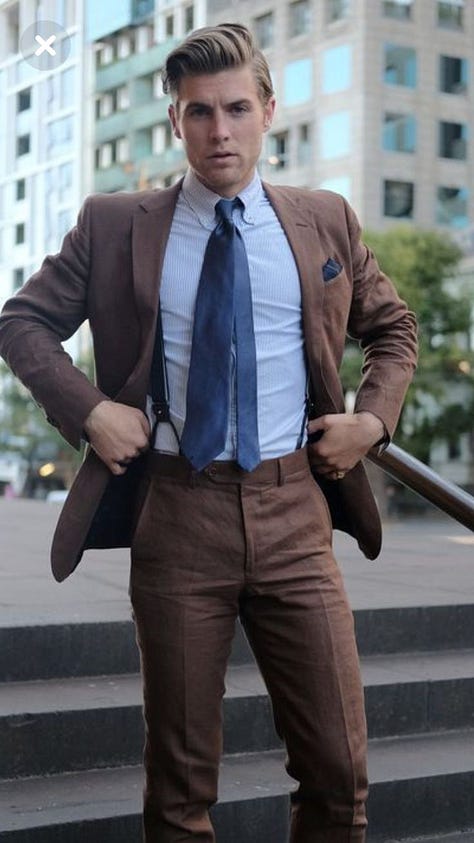
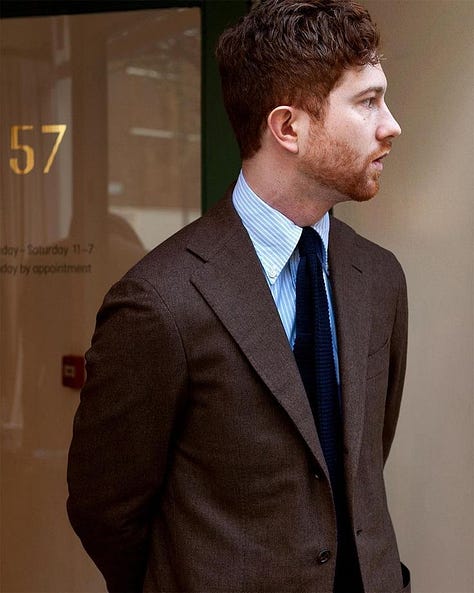
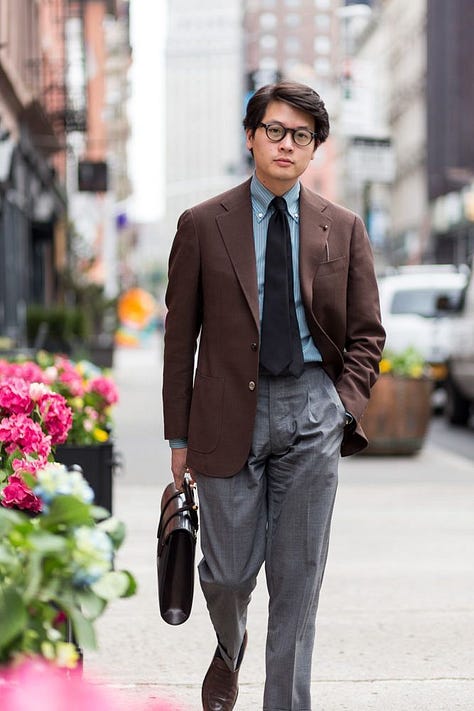


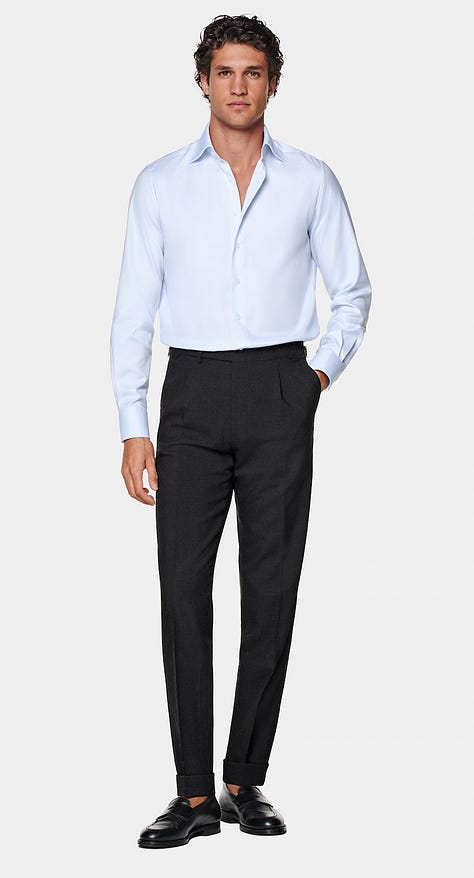
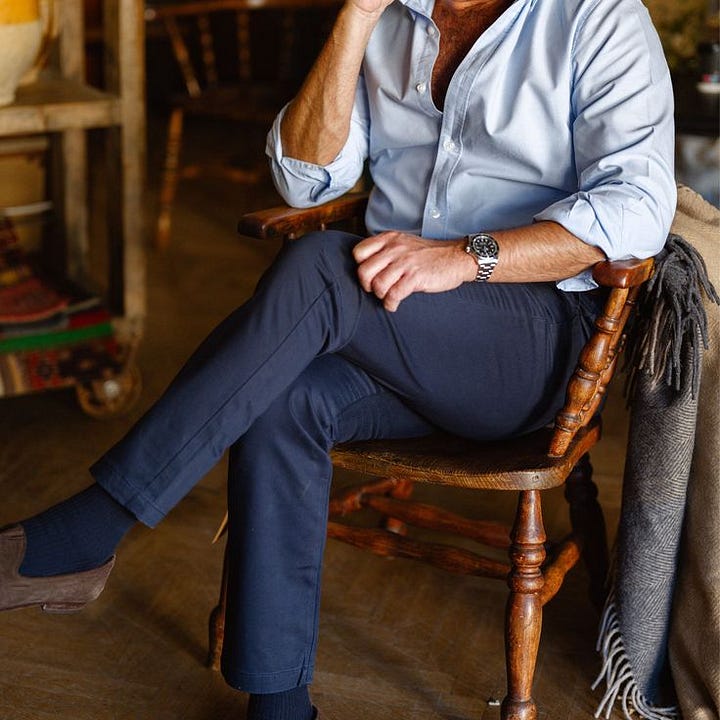
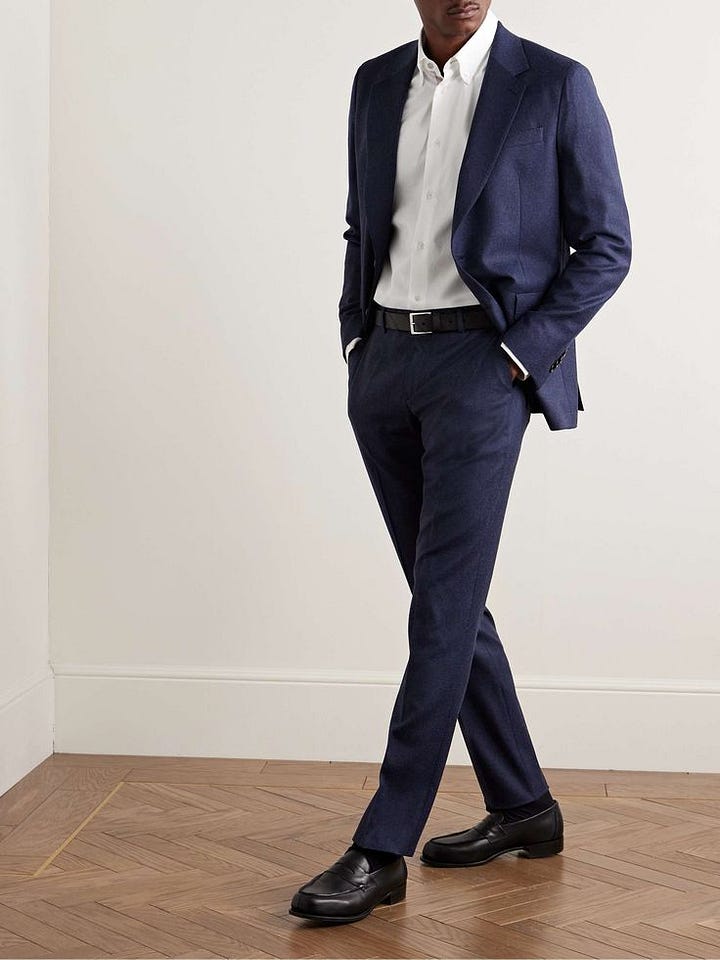
Either go for the full suit look, as with the navy and brown suit. Or go for the combo of jacket, Oxford shirt and differently colored chic trousers, for example gray. The combination with a tie also looks particularly “sprezzatura”!
(Sprezzatura describes an intentional and sophisticated violation of the rules in order to implement a certain nonchalance).
Smart-Casual
The more relaxed the dress code gets, the more exciting it is to incorporate an Oxford shirt. As already mentioned, its specialty is combining styles. This allows us to play wonderfully with the combination of classiy and sporty elements!


Sometimes, simply not tucking in your shirt and wearing sneakers is enough to take you in the direction of smart casual. Do you see how it can be the little details that make a huge difference?
Otherwise, here are a few more examples:
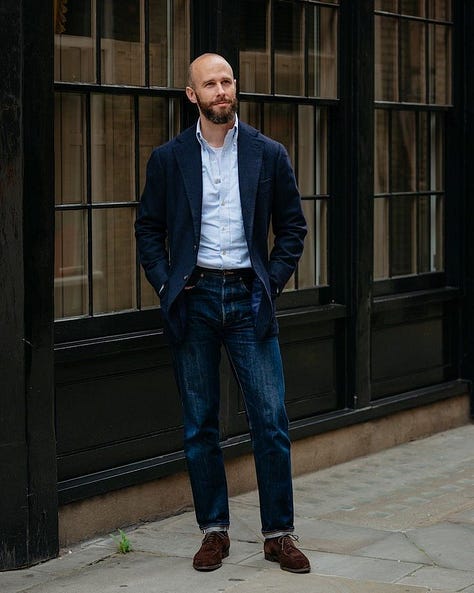
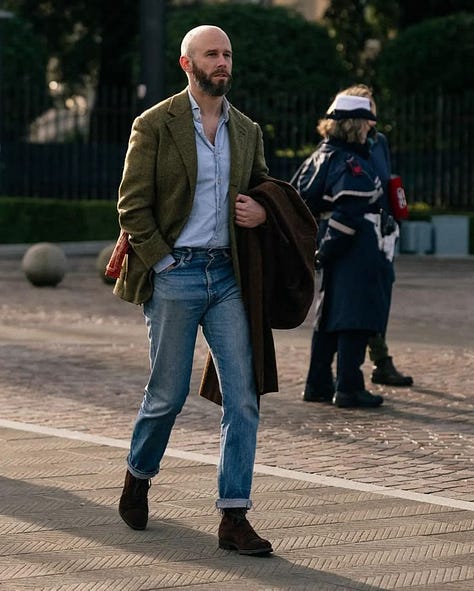

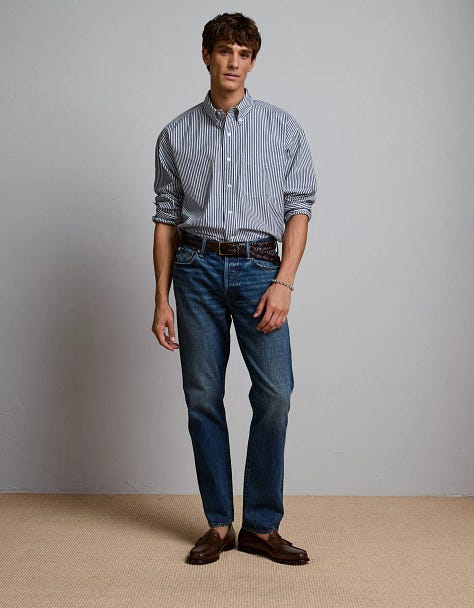
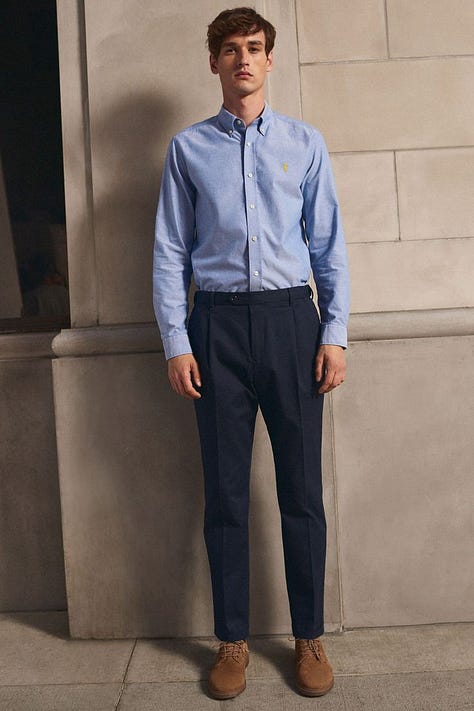
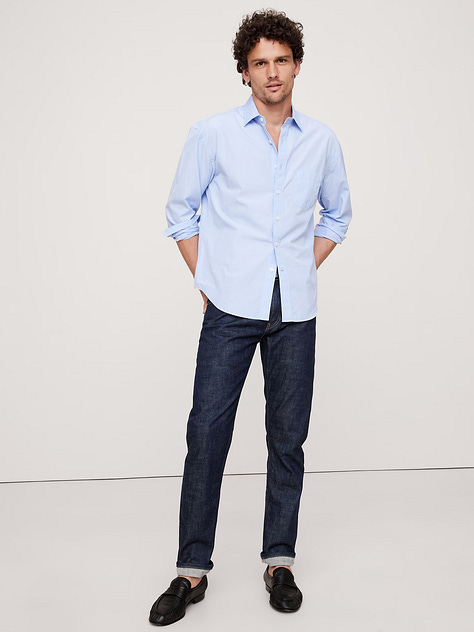
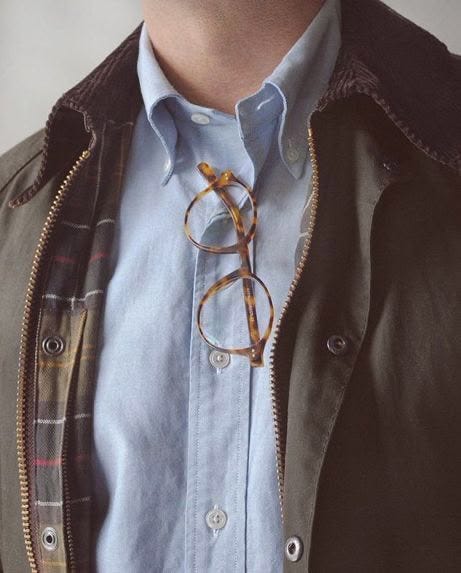
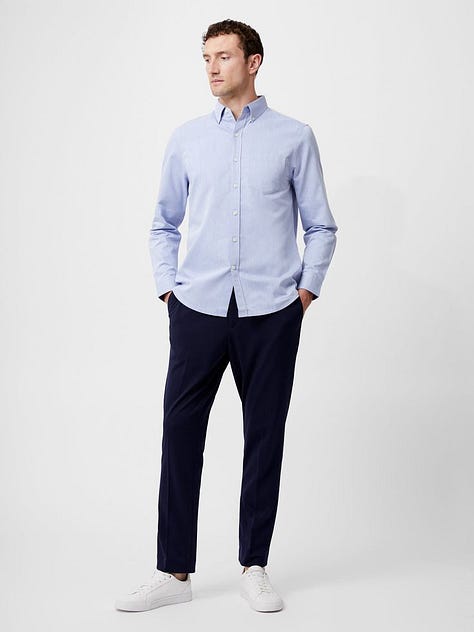
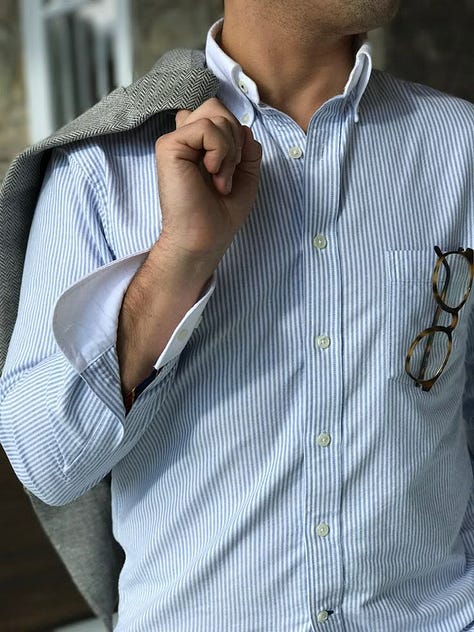
Casual weekend look
For me personally, this is my favorite area of application, as I wear outfits like this most often at the moment. The main thing is to be comfortable, but with a little style. It often helps to swap the T-shirt for a shirt and we are immediately better dressed, as the examples (in the pictures below) at the top left, top right and bottom left show. If the shirt is just as comfortable as the t-shirt, then there's no reason not to wear a shirt more often. Comfort is the main thing that stops most men from dressing better. But it doesn't have to be that way – all you need is an Oxford!

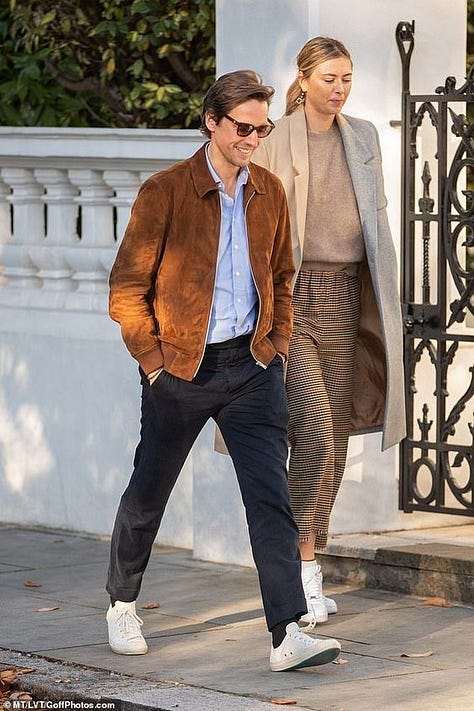



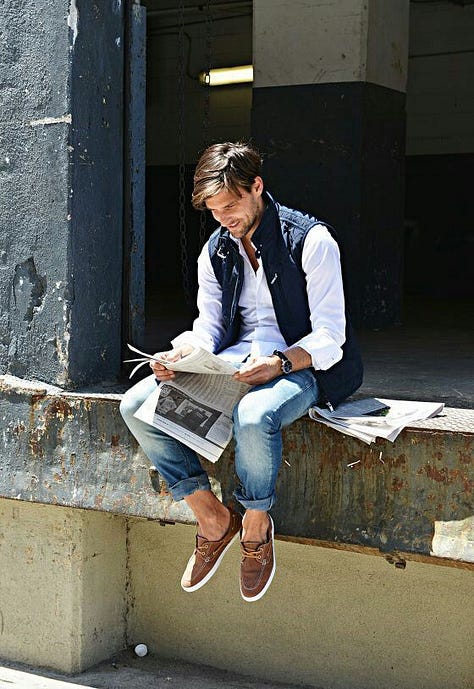
I also really like Johannes Huebl's combination on the bottom right with the vest and sailing shoes – kept super simple, but looks fresh and stylish. Although he really doesn't do anything other than combine jeans, sailing shoes, an Oxford shirt and a vest, in the foolproof combination of white, blue and brown.
You could also wear a T-shirt with any of the outfits you see here. So basically, you can see it this way:
anywhere you would wear a minimalistic T-shirt, an Oxford shirt would also fit.
Summer look:
In summer, several styling components can be incorporated to match your look with an Oxford shirt. On the one hand, a light-colored pair of pants - sand (top left), beige (top right), white (bottom left) are perfect combination partners for any color of Oxford shirt. Furthermore, you can either choose the sockless look (top right) or simply combine it with shorts - also a great option.
Always keep in mind that the Oxford shirt has a sporty component due to its textile properties, which you can take advantage of in all kinds of combinations.
I will have to give you an example another time, namely the combination with swimming trunks. That too, my friends, is a VERY strong combination! The perfect preppy look in my eyes is:
an Oxford shirt, loosely unbuttoned. Nice swimming trunks, a little shorter, so that they end above the knee / mid-thigh. And with sneakers, sandals or boat shoes.
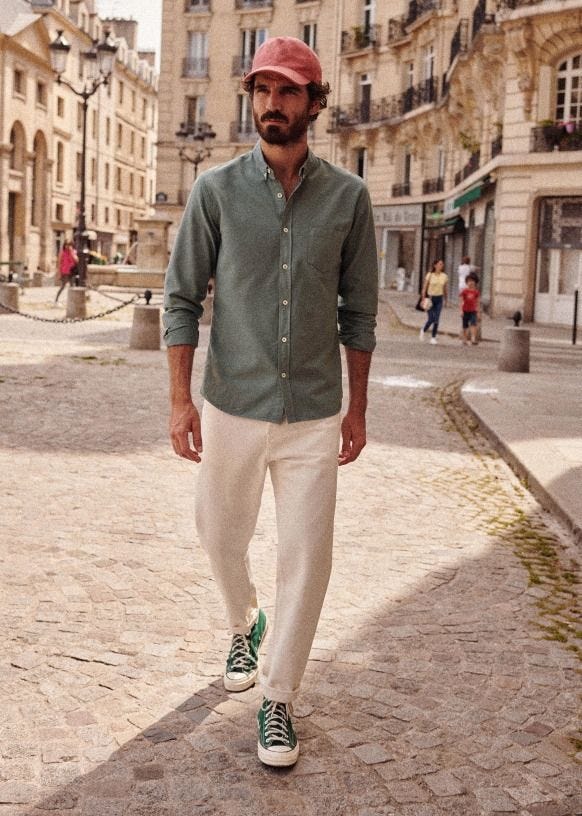

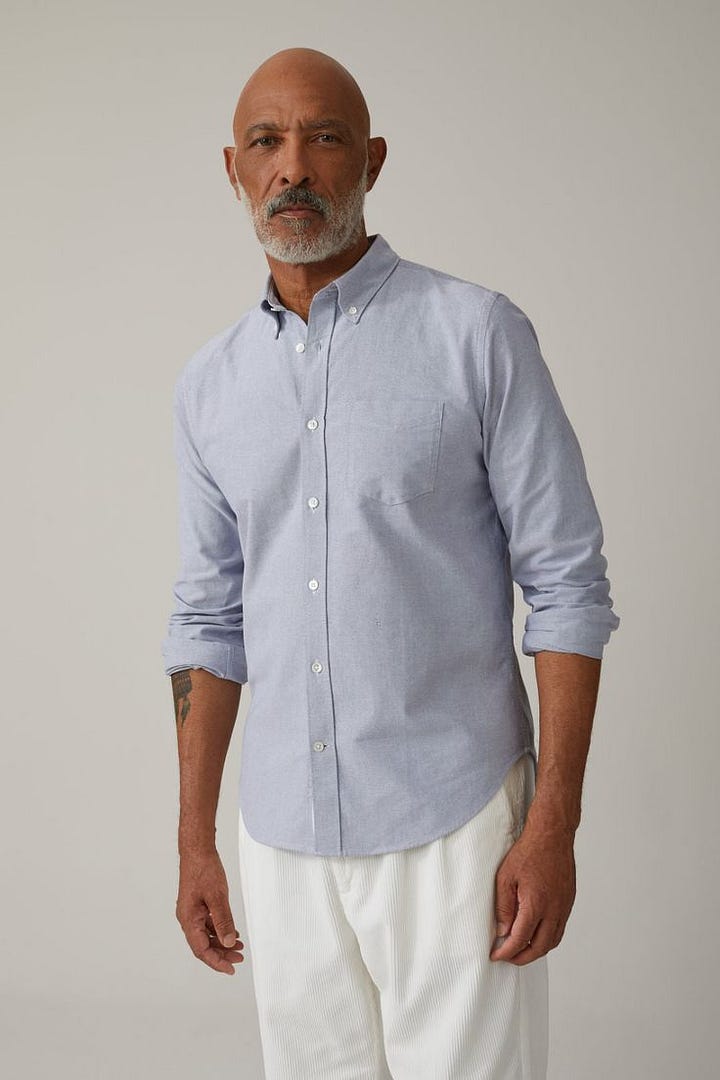

Frederic's Oxford shirts
Perhaps you now understand why I am so enthusiastic about Oxford shirts and why I absolutely wanted to launch them as a separate product.
As with any item of clothing, you have to see the quality and possible uses for yourself.
However, I am one hundred percent convinced that you will be thrilled!
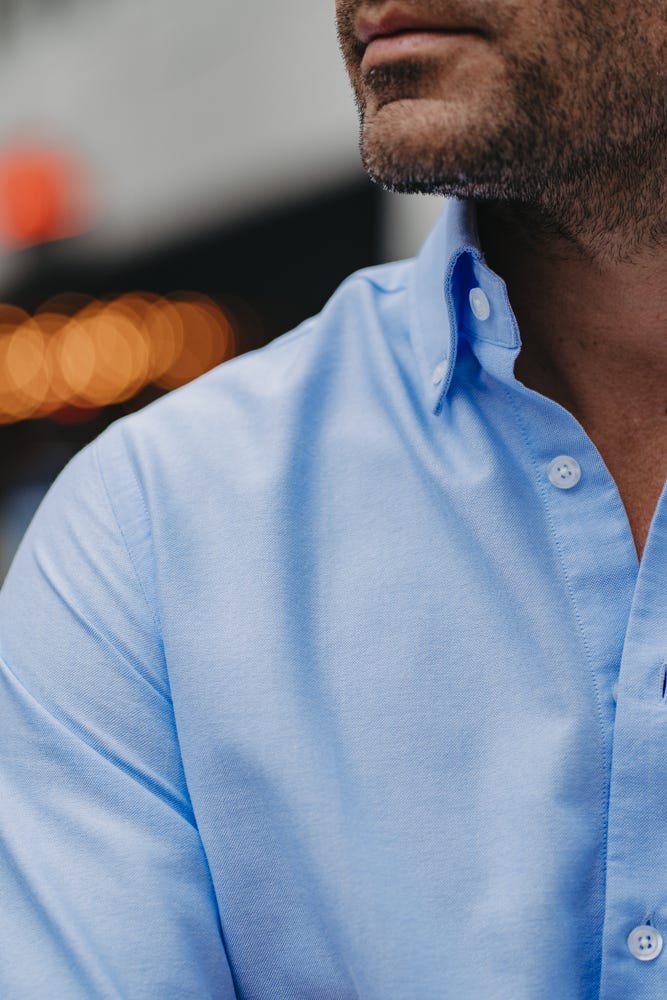
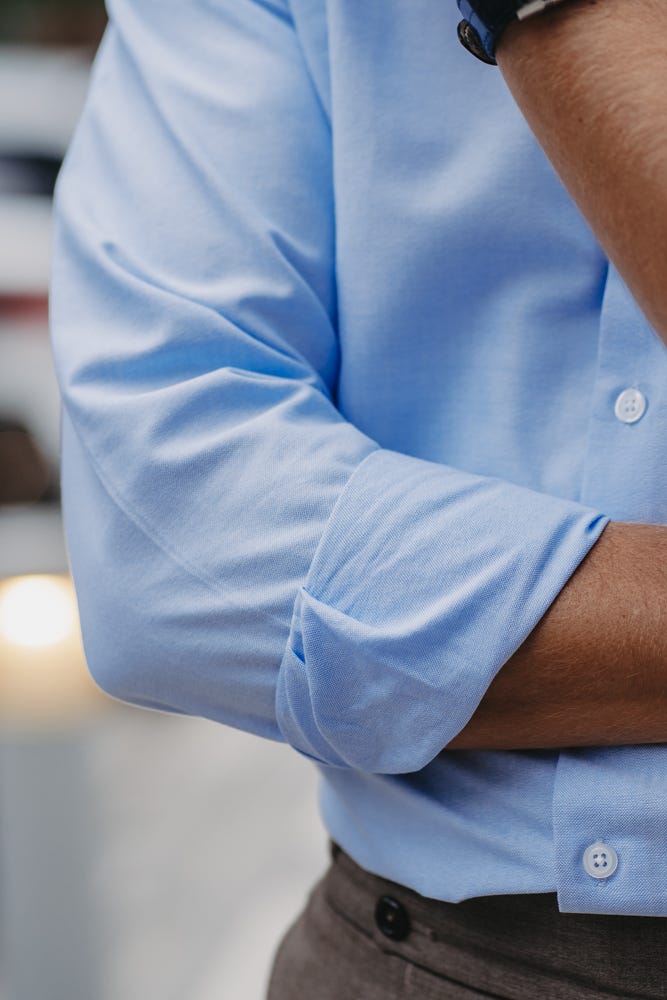
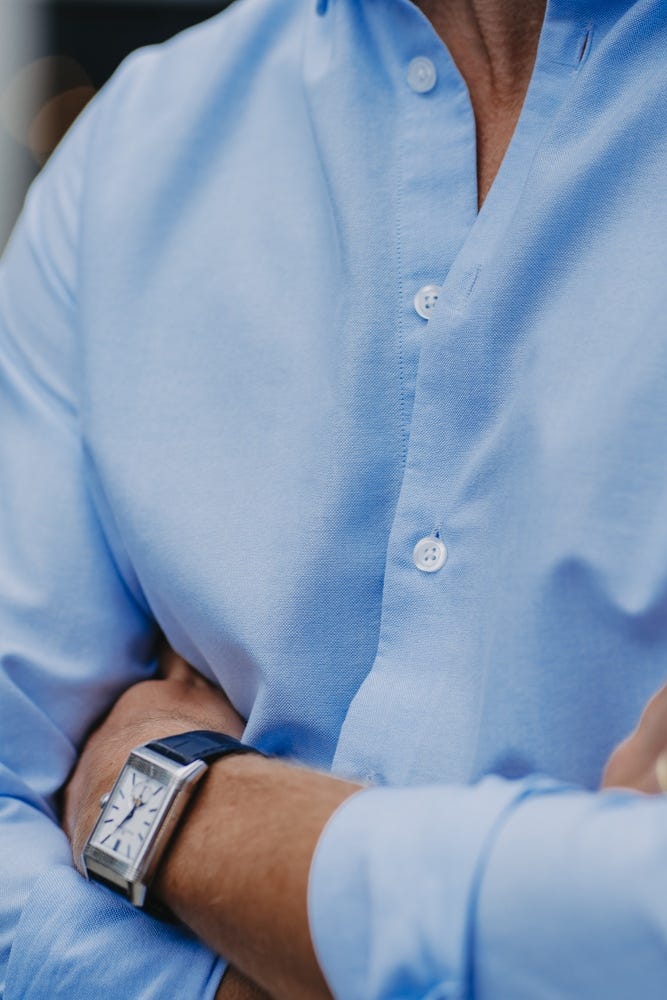
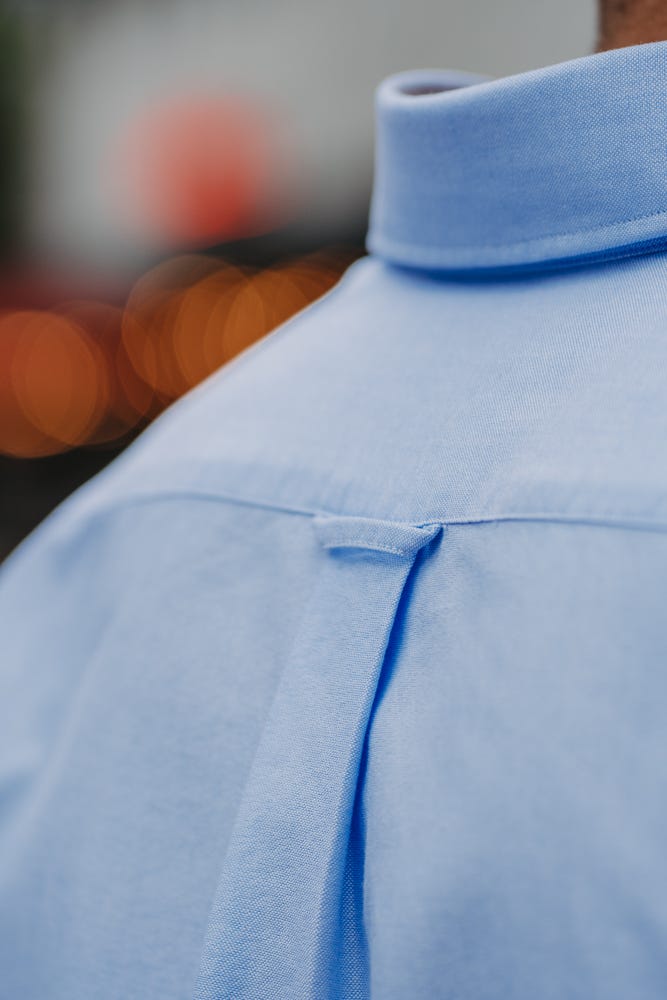
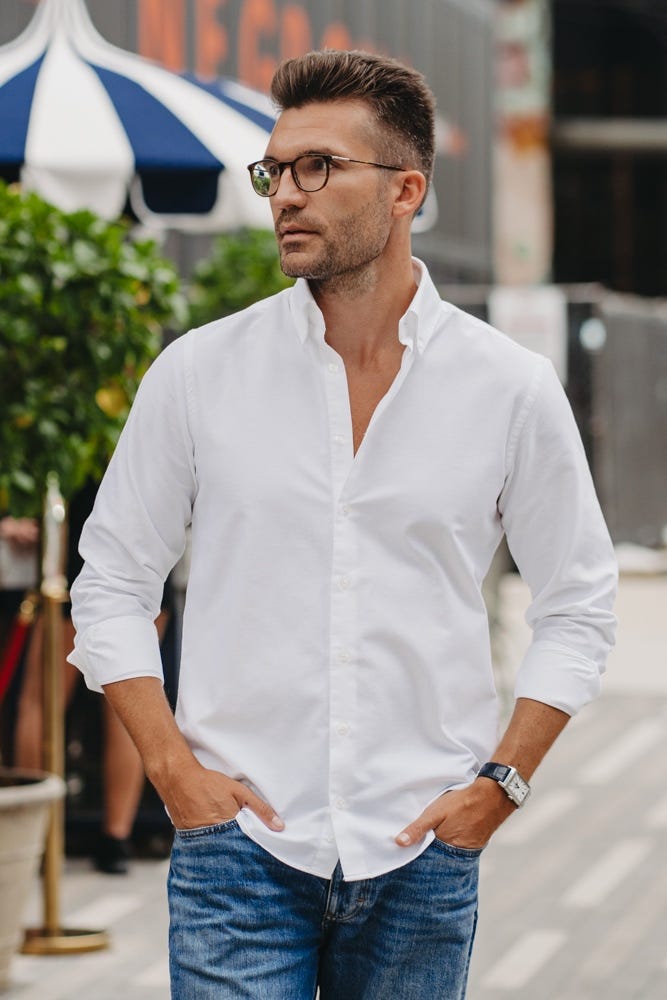
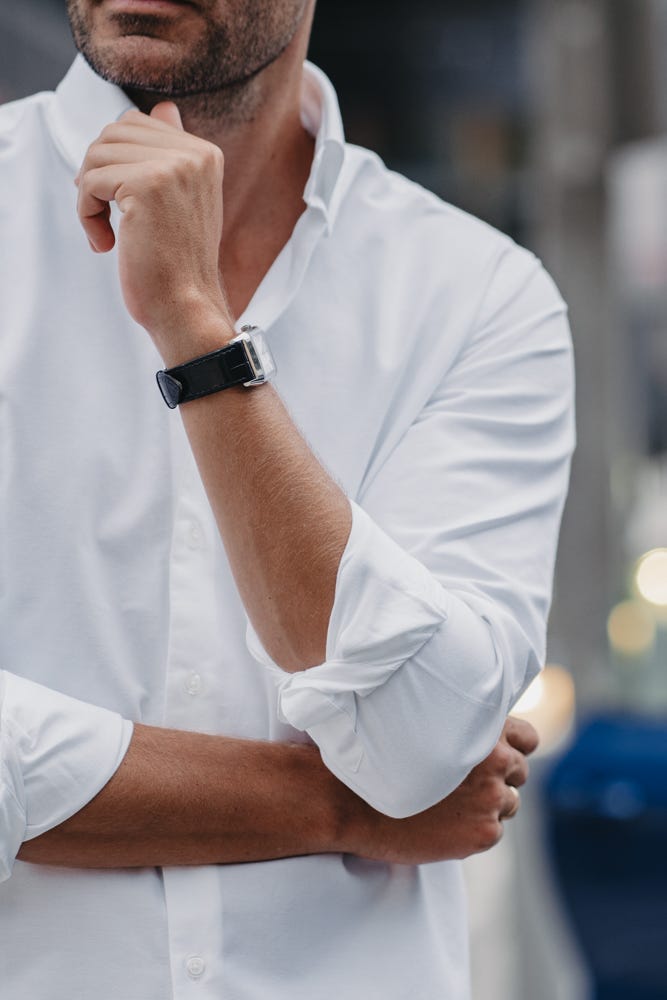
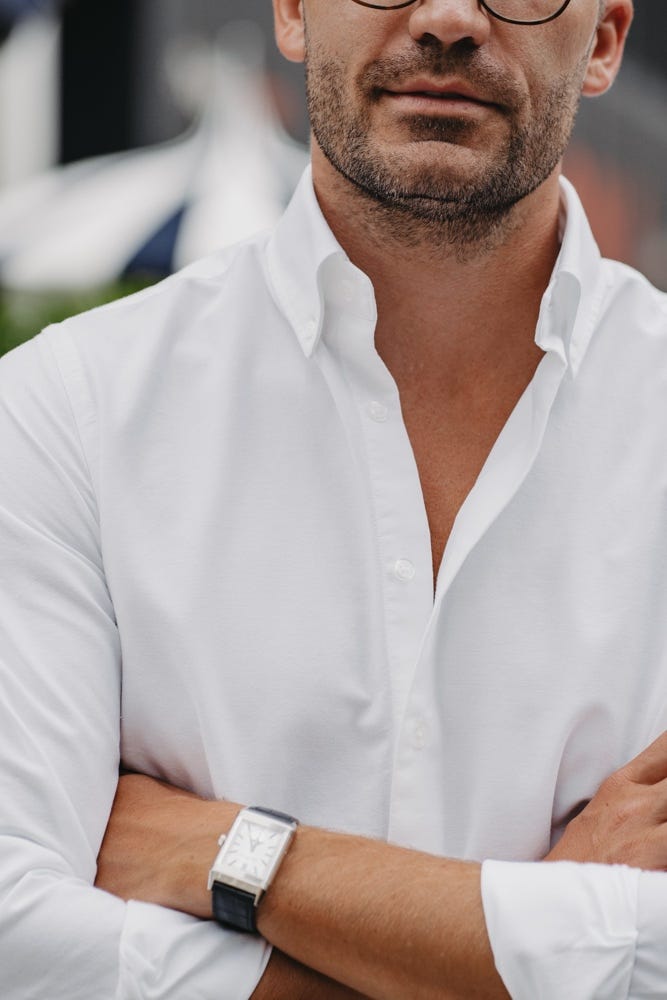
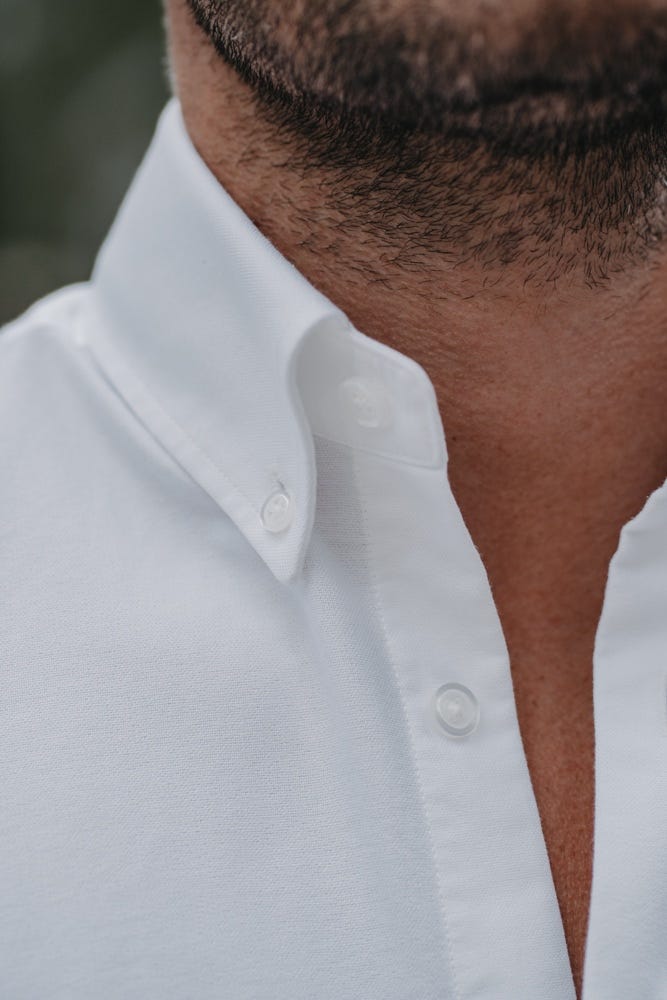
LINK: find it here.
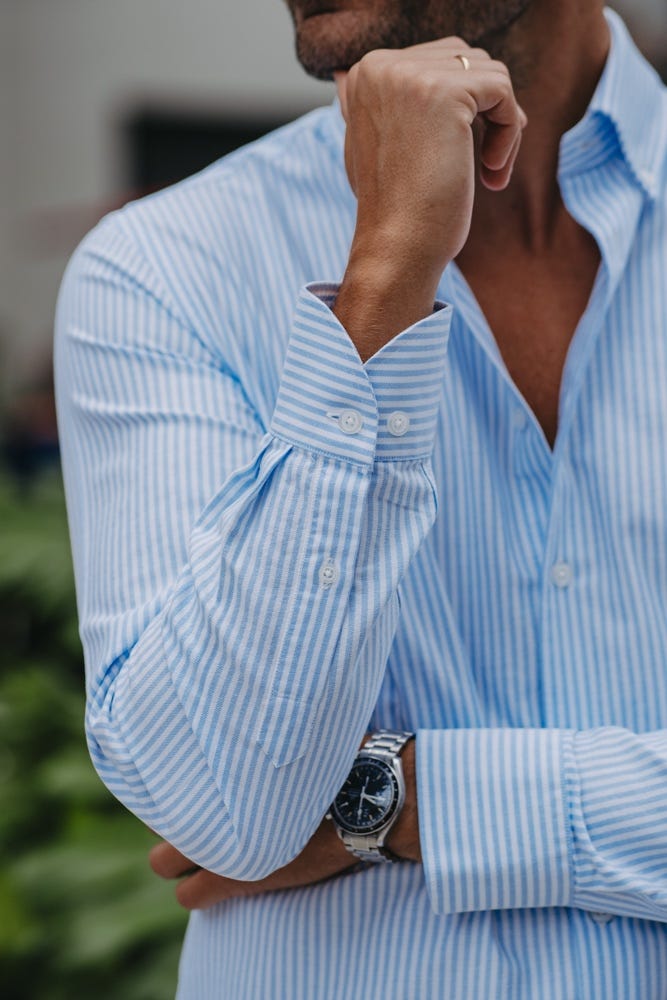


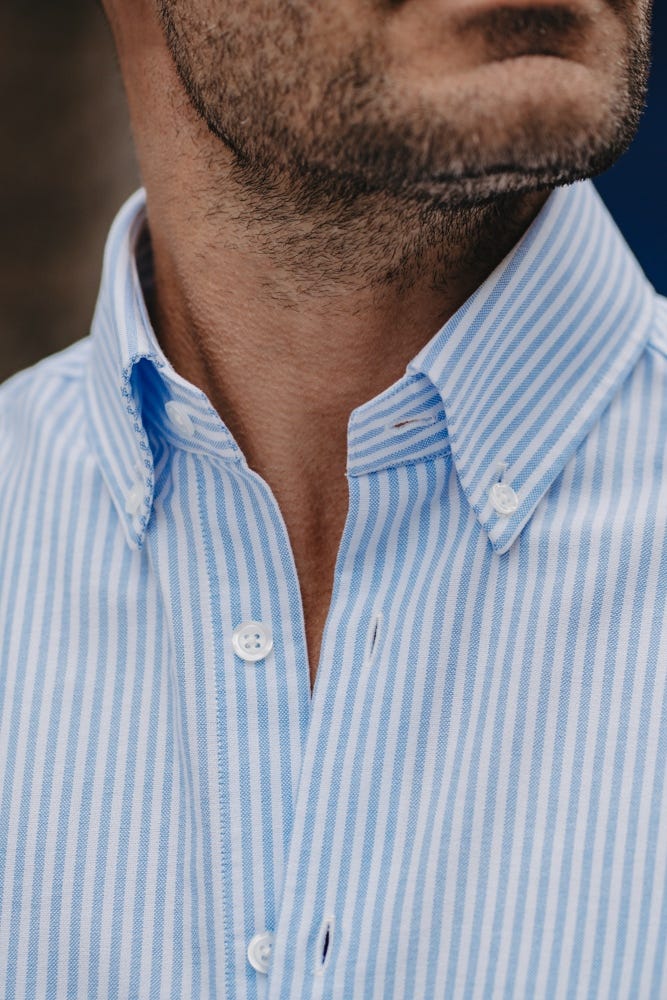
LINK: find it here.
I am really looking forward to the moment you unpack the shirt, wear it more over the next few days and weeks and then realize: “I think it's really going to be my new favorite shirt!”
Because that's one of the reasons Frederic's exists: we want to create your next favorite items.
I hope today's newsletter has helped you to acquire another iconic item of men's fashion. And even if not, at least now you know the origin of the Oxford shirt and button-down collar in case you're ever running out of topics on a date ;-)
...Just kidding. Plese don't start talking about Button-Down shirts on a date :D
Have a great Sunday,
Your Style Consultant




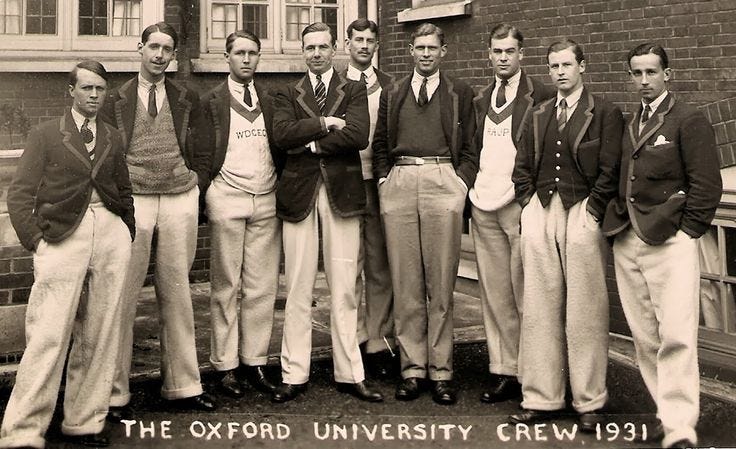


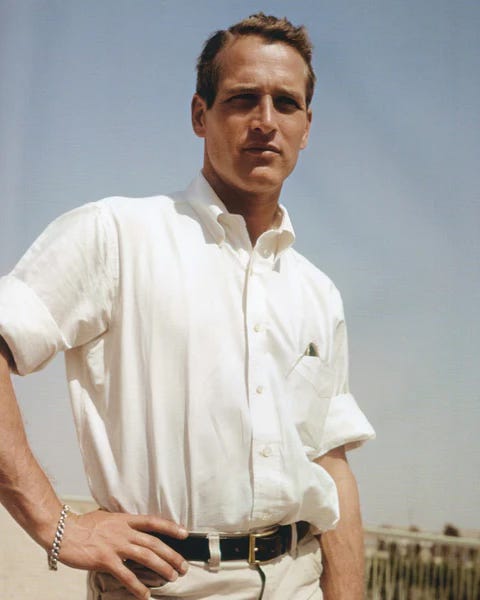

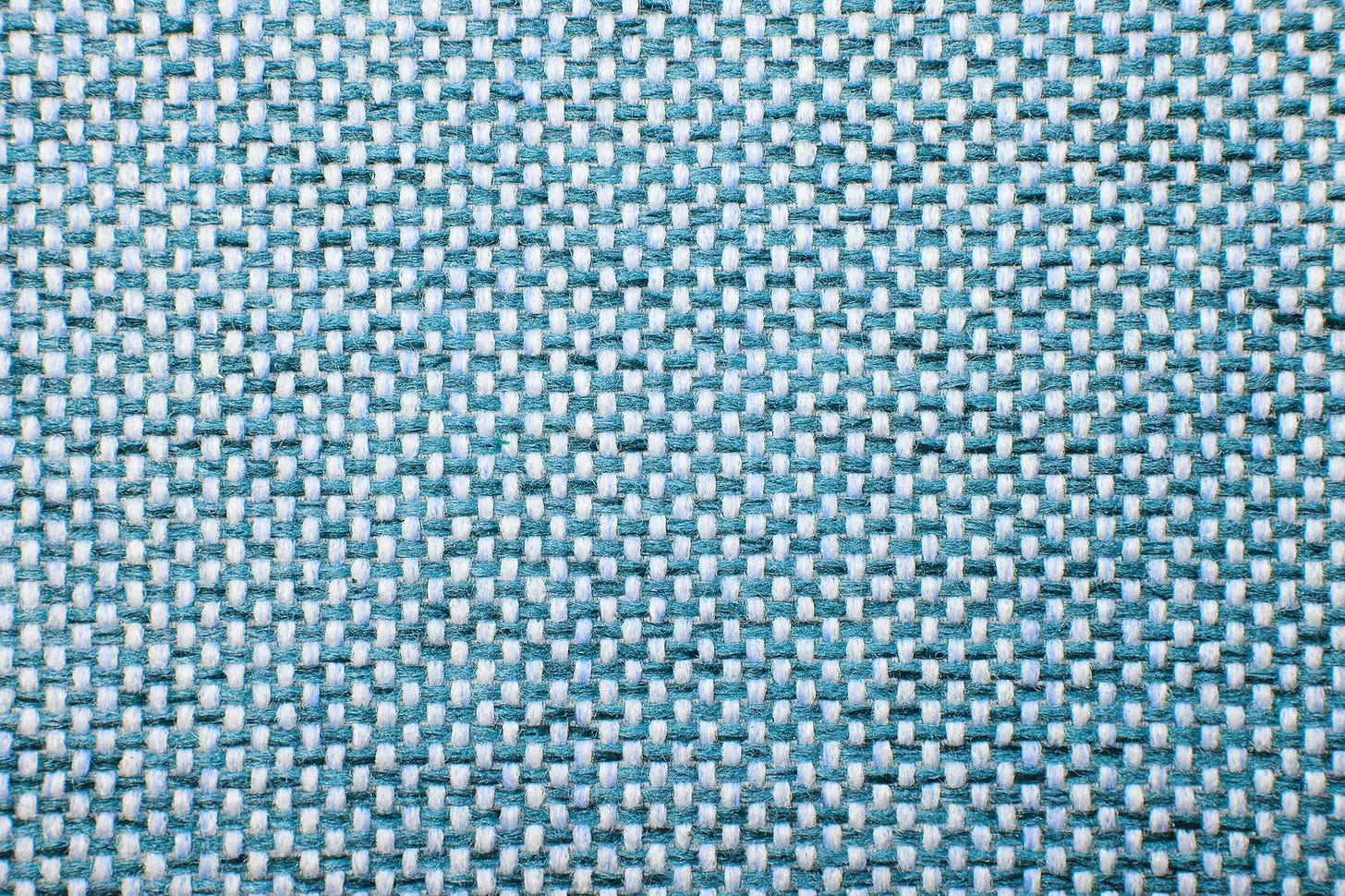


I sincerely apologise if this comes across overly negative, but I’d be remiss if I didn’t highlight what I think are some important details that have been omitted here.
First, collar, I think the main reason folks like Davis and Kennedy look quite so good in their Oxfords is because of that gorgeous collar roll. People obsess over this and I think for good reason, it’s a major part of the appeal of an OCBD. To get the classic look, look for a collar of around 3-3.5 inches in length, and never iron the collar, in fact quite often you can get away with leaving an OCBD entirely unironed. There’s also the consideration of a back button, granted it’s largely an affectation but it’s nice to see.
Front buttons, typically you’d expect to see six, as with the classic Brooks pattern, or seven as popularised by J. Press.
A breast pocket is a common and welcome addition, it further differentiates the shirt as casual and gives you somewhere to put your sun/reading glasses.